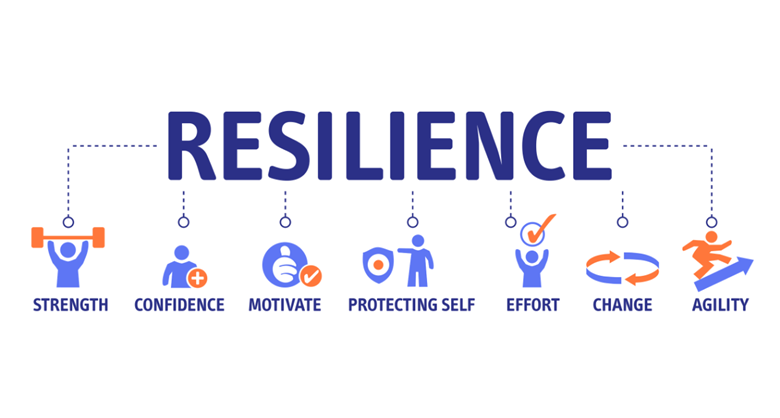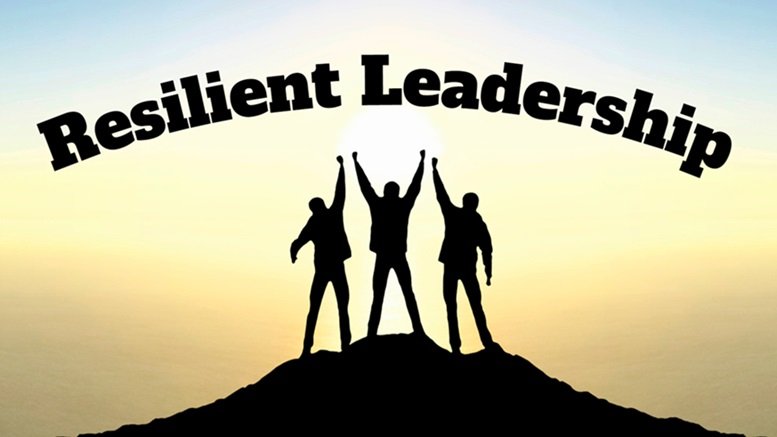Table of Contents
In today’s rapidly changing world, the concept of resilient leadership has become more crucial than ever. Whether you’re leading a small team or a large organization, the ability to navigate through challenges and bounce back from setbacks is key to sustained success. But what exactly is resilient leadership, and how can you cultivate it? Let’s dive in and explore this fascinating topic with some real-life examples and actionable insights.
Understanding Resilient Leadership
Resilient leadership is the capacity to maintain focus and drive despite facing adversity. It involves a combination of mental toughness, emotional intelligence, and adaptability. Resilient leaders are not immune to stress or failure; instead, they embrace these challenges as opportunities for growth.
Why Resilient Leadership Matters
In a volatile business environment, resilience can be the difference between thriving and merely surviving. Consider the case of Howard Schultz, the former CEO of Starbucks. During the 2008 financial crisis, Starbucks faced significant downturns. Instead of cutting costs and closing stores, Schultz focused on re-engaging employees and enhancing customer experience. His resilient approach not only turned the company around but also set a new standard for corporate culture and customer loyalty.
Key Traits of Resilient Leaders
- Adaptability: Resilient leaders are flexible and open to change. They understand that rigidity can lead to stagnation. For example, during the COVID-19 pandemic, many leaders had to pivot their business models overnight. Satya Nadella, CEO of Microsoft, quickly transitioned the company to support remote work, ensuring business continuity and growth.
- Emotional Intelligence: The ability to manage one’s emotions and understand others’ feelings is vital. Resilient leaders like Jacinda Ardern, Prime Minister of New Zealand, demonstrate this through empathy and effective communication, especially during crises like the Christchurch mosque shootings.
- Vision and Purpose: Having a clear vision and purpose provides a roadmap during turbulent times. Elon Musk‘s unwavering vision for SpaceX, despite numerous setbacks, has kept the company on course towards its goal of making space travel accessible.
- Optimism: Resilient leaders maintain a positive outlook even in the face of difficulties. Richard Branson, founder of Virgin Group, often speaks about turning setbacks into stepping stones and viewing failures as learning opportunities.
- Decisiveness: Making tough decisions under pressure is a hallmark of resilient leadership. Indra Nooyi, former CEO of PepsiCo, made bold moves to shift the company’s focus towards healthier products, anticipating market trends and positioning PepsiCo for long-term success.

Building Resilience in Leadership
So, how can you develop these traits to become a more resilient leader?
- Embrace Change: Regularly step out of your comfort zone. Whether it’s taking on new projects or learning new skills, embracing change can enhance your adaptability.
- Foster Emotional Intelligence: Practice active listening and empathy in your daily interactions. Understand that emotions play a critical role in decision-making and team dynamics.
- Clarify Your Vision: Spend time refining your vision and purpose. Ensure that your team understands and aligns with this vision, creating a unified direction.
- Cultivate Optimism: Focus on solutions rather than problems. Celebrate small victories and use setbacks as learning experiences.
- Strengthen Decision-Making Skills: Make it a habit to evaluate situations quickly and make informed decisions. Use a mix of data and intuition to guide your choices.
Real-Life Example: Resilient Leadership in Action
A powerful example of resilient leadership is Angela Ahrendts, who transformed Burberry during her tenure as CEO. When she took over, the brand was struggling with a fragmented image and declining sales. Ahrendts focused on digital innovation and rebranding efforts, turning Burberry into a leading luxury brand. Her resilience and forward-thinking approach not only revived the company but also set new benchmarks in the fashion industry.
Conclusion
Resilient leadership is about more than just weathering the storm; it’s about thriving amidst adversity and emerging stronger. By developing key traits like adaptability, emotional intelligence, and a clear vision, you can lead your team through any challenge. Remember, resilience is a skill that can be nurtured with practice and commitment. So, embrace the journey and become the resilient leader your team needs.
By focusing on these aspects and learning from real-life examples, you can cultivate resilient leadership within yourself and inspire your team to do the same.




1 Pingback